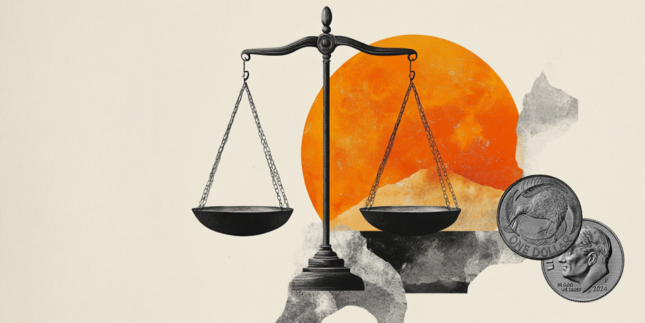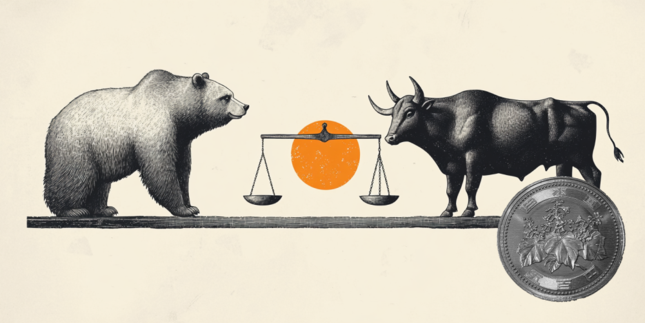AUD/JPY rebounds above 95.00 as Japanese Yen weakens following remarks from IMF
- AUD/JPY trims its daily losses following the cautious remarks from the International Monetary Fund on Friday.
- The IMF cautioned that Japan should stay vigilant against potential spillover effects stemming from increased volatility in global markets.
- The AUD could face challenges due to the dovish mood surrounding the RBA’s policy outlook.
AUD/JPY remains subdued for the third consecutive day, hovering around 95.20 during Asian trading hours on Friday. The downside for AUD/JPY cross halts as the Japanese Yen (JPY) softens following cautious remarks from the International Monetary Fund (IMF) on Friday. The IMF warned that Japan should remain alert to potential spillover effects from rising volatility in global markets, which could impact liquidity conditions for its financial institutions.
Additionally, the IMF cautioned that Japan must closely monitor risks associated with the Bank of Japan’s rate hikes, including rising government debt-servicing costs and a potential uptick in corporate bankruptcies.
The AUD/JPY cross faces downside pressure as the Australian Dollar (AUD) weakens amid dovish sentiment surrounding the Reserve Bank of Australia's (RBA) policy outlook. Market expectations now place a 95% probability of an RBA rate cut from 4.35% to 4.10% in February.
The Australian central bank has maintained the Official Cash Rate (OCR) at 4.35% since November 2023, emphasizing that inflation must “sustainably” return to its 2%-3% target range before any policy easing is considered.
Additional pressure on the AUD stems from ongoing trade tensions between the United States (US) and China, Australia’s key trading partner. In response to the new 10% US tariff that took effect on Tuesday, China’s Commerce Ministry announced a 15% tariff on US coal and liquefied natural gas (LNG) imports, along with an additional 10% tariff on crude Oil, farm equipment, and certain automobiles. However, optimism over easing trade tensions lingers as US President Donald Trump and Chinese President Xi Jinping are set to discuss potential tariff rollbacks, per Reuters.
Interest rates FAQs
Interest rates are charged by financial institutions on loans to borrowers and are paid as interest to savers and depositors. They are influenced by base lending rates, which are set by central banks in response to changes in the economy. Central banks normally have a mandate to ensure price stability, which in most cases means targeting a core inflation rate of around 2%. If inflation falls below target the central bank may cut base lending rates, with a view to stimulating lending and boosting the economy. If inflation rises substantially above 2% it normally results in the central bank raising base lending rates in an attempt to lower inflation.
Higher interest rates generally help strengthen a country’s currency as they make it a more attractive place for global investors to park their money.
Higher interest rates overall weigh on the price of Gold because they increase the opportunity cost of holding Gold instead of investing in an interest-bearing asset or placing cash in the bank. If interest rates are high that usually pushes up the price of the US Dollar (USD), and since Gold is priced in Dollars, this has the effect of lowering the price of Gold.
The Fed funds rate is the overnight rate at which US banks lend to each other. It is the oft-quoted headline rate set by the Federal Reserve at its FOMC meetings. It is set as a range, for example 4.75%-5.00%, though the upper limit (in that case 5.00%) is the quoted figure. Market expectations for future Fed funds rate are tracked by the CME FedWatch tool, which shapes how many financial markets behave in anticipation of future Federal Reserve monetary policy decisions.
Forex News
Keep up with the financial markets, know what's happening and what is affecting the markets with our latest market updates. Analyze market movers, trends and build your trading strategies accordingly.











